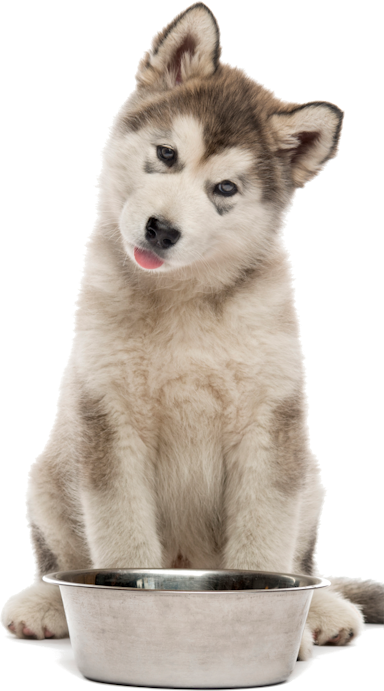



Breed and Size: Different Paths to Seniority: Different dog breeds and sizes exhibit varying rates of aging. Small or toy breeds often enjoy longer lifespans compared to larger breeds... Understanding this helps in anticipating the needs of your `senior dog`.
Genetics: Inherited Aspects of Aging: A dog's genetic makeup is crucial in their aging journey, predisposing some to specific `age-related conditions`. Common `health problems in older dogs` include arthritis... Early awareness can lead to better management and `care for your aging dog`.
Nutrition and Exercise for Optimal Aging: Proper nutrition is vital throughout a dog's life, but especially for `senior dogs`. A balanced diet tailored to an older dog's needs, along with appropriate regular exercise, helps maintain a healthy weight...
The Role of Veterinary Care in an Aging Dog's Life: Regular veterinary check-ups are paramount for `senior dog health`. These visits allow for early detection of `age-related diseases` and preventive treatments, significantly impacting your dog's quality of life as they age.
As your dog ages, you'll likely notice changes in their appearance and behavior. Recognizing these "common signs of an old dog" can help you adapt their care. Even if you don't know your dog's exact birth date, these clues, particularly dental changes, can offer insights.
A dog's teeth provide a rough timeline. While individual variations exist based on prior dental care, here are general benchmarks:
Your veterinarian can perform a comprehensive physical exam, focusing on joints, muscles, and overall physical condition to help estimate age and assess 'senior dog health'.
Other Physical and Behavioral Changes in Elderly Dogs:
If you observe these signs, it's wise to consult your veterinarian. They can help determine if these are normal age-related changes or symptoms of underlying health issues that require attention, ensuring your `aging dog` receives the best possible support.
The AI companion for your canine companion.